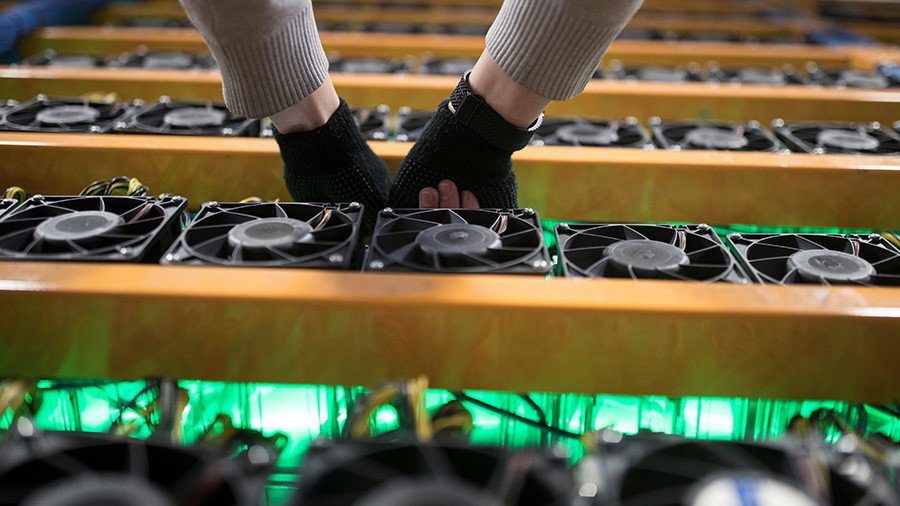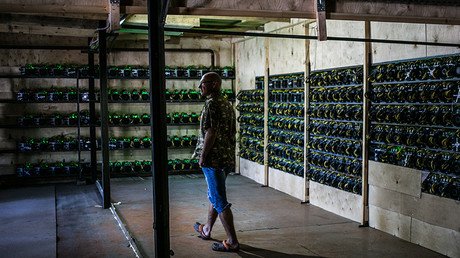Engineers of ‘max security’ nuke center busted trying to mine cryptocurrency on supercomputer

A powerful supercomputer located at a Russian nuclear research facility in Sarov was reportedly targeted by a pair of engineers who wanted to use it to mine cryptocurrencies.
“There has been an attempt of unsanctioned use of workplace computing capacities for personal gain, including for so-called mining,” the press service of the Sarov nuclear weapons facility told Interfax on Friday. The statement said the employees involved have been arrested and are facing criminal charges.
The remarks, which didn’t provide further details about the case, came in response to reports on social media on Thursday saying the Russian Federal Security Service (FSB) had busted two nuclear engineers. The men had apparently attempted to set up an internet connection on the top secret supercomputer in Sarov to use it for mining cryptocurrencies.
The Sarov facility, which is usually called Federal Nuclear Center, is Russia’s counterpart to the Los Alamos National Laboratory. It’s a historic developer of nuclear weapons that is still very much involved in keeping Russia’s arsenal ready and up-to-date.
The supercomputer was launched at the center in 2011 – becoming the country's most powerful at that time with the speed of 1 PFLOPS (10^15 floating-point operations per second). The reported plan was to boost the speed by four orders of magnitude and reach exascale computing by 2020, but it’s not clear how much progress has been made in that regard.
Hijacking computing devices and using them into cryptocurrency mining operations at the owner’s expense is an increasingly-profitable criminal business. All sorts of devices, including house appliance microprocessors, can be hacked to do that. Another popular option is to insert malicious code into a web page and have the browsing users’ computers run it. However, all such schemes require an internet connection to link with other nodes of a cryptocurrency infrastructure.
Like this story? Share it with a friend!















